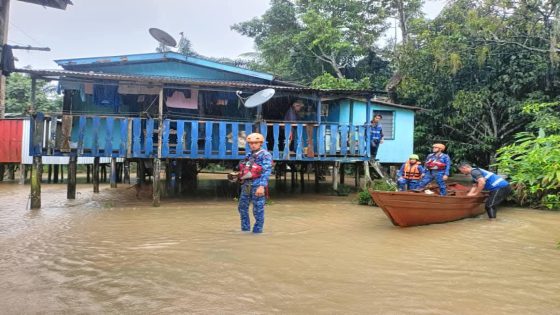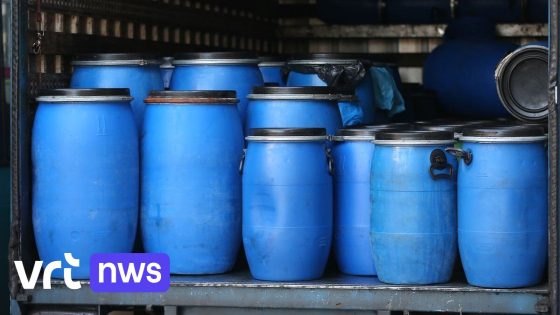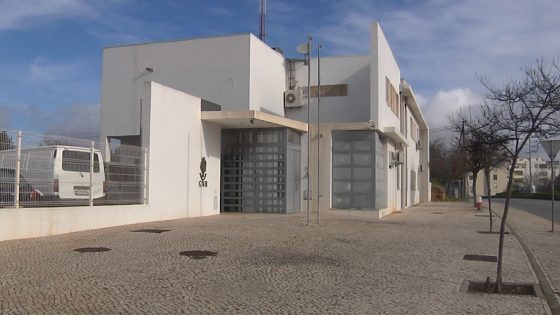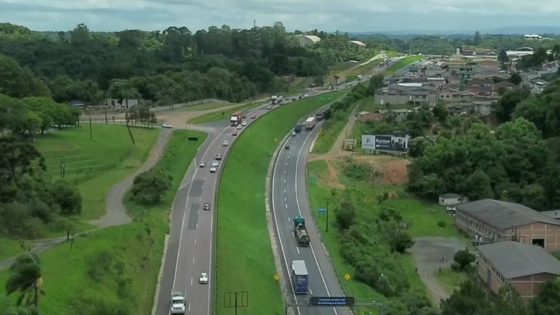This morning, the closure of 10 temporary evacuation centers in Kota Marudu marks a significant improvement in the flood situation in Sabah. As of now, 2,272 flood victims from 725 families remain in 23 centers across eight affected districts.
- Closure of 10 temporary evacuation centers
- 2,272 flood victims remain in 23 centers
- Affected districts include Pitas and Lahad Datu
- Pitas has the highest number of victims
- Total families affected: 725 across districts
- Ongoing flood situation in Sabah regions
Isn’t it encouraging to see recovery efforts making a difference? The latest statistics show a steady decline in the number of evacuees, highlighting the resilience of the local community.
Flood Recovery in Sabah: What You Need to Know
How is the flood recovery progressing in Sabah? Recent updates show that the number of flood victims is decreasing, indicating effective response measures. The Angkatan Pertahanan Awam Malaysia (APM) reports that Pitas and Lahad Datu are the most affected areas, but overall, the situation is improving.
Key Areas Affected by Flooding in Sabah
While recovery is underway, several districts are still facing challenges. The following areas have reported significant numbers of evacuees:
- Pitas: 806 victims from 298 families
- Lahad Datu: 514 victims from 136 families
- Telupid: 288 victims from 75 families
- Paitan: 238 victims from 85 families
- Kota Belud: 207 victims from 67 families
- Beaufort: 108 victims from 31 families
- Beluran: 57 victims from 20 families
- Tongod: 54 victims from 13 families
Understanding the Flood Situation in Sabah
The flooding in Sabah has affected numerous families, with thousands still displaced. The local authorities are working diligently to provide support and resources to those in need. Community resilience plays a crucial role in overcoming such disasters. How can we support these communities from afar?
Community Response and Support Initiatives
Local organizations and volunteers are stepping up to assist flood victims. They are providing food, shelter, and medical aid to those affected. It’s vital to recognize the importance of community support during such crises. Could similar initiatives be beneficial in other regions facing natural disasters?
Future Preparedness for Flooding in Malaysia
As Sabah recovers, it’s essential to consider future preparedness strategies. Investing in better infrastructure and early warning systems can help mitigate the impact of floods. How can international cooperation enhance disaster readiness in vulnerable areas like Sabah?
In conclusion, while the flood situation in Sabah is improving, ongoing support and preparedness are crucial for the future. The resilience of the local communities and effective response measures are key to overcoming these challenges.






























